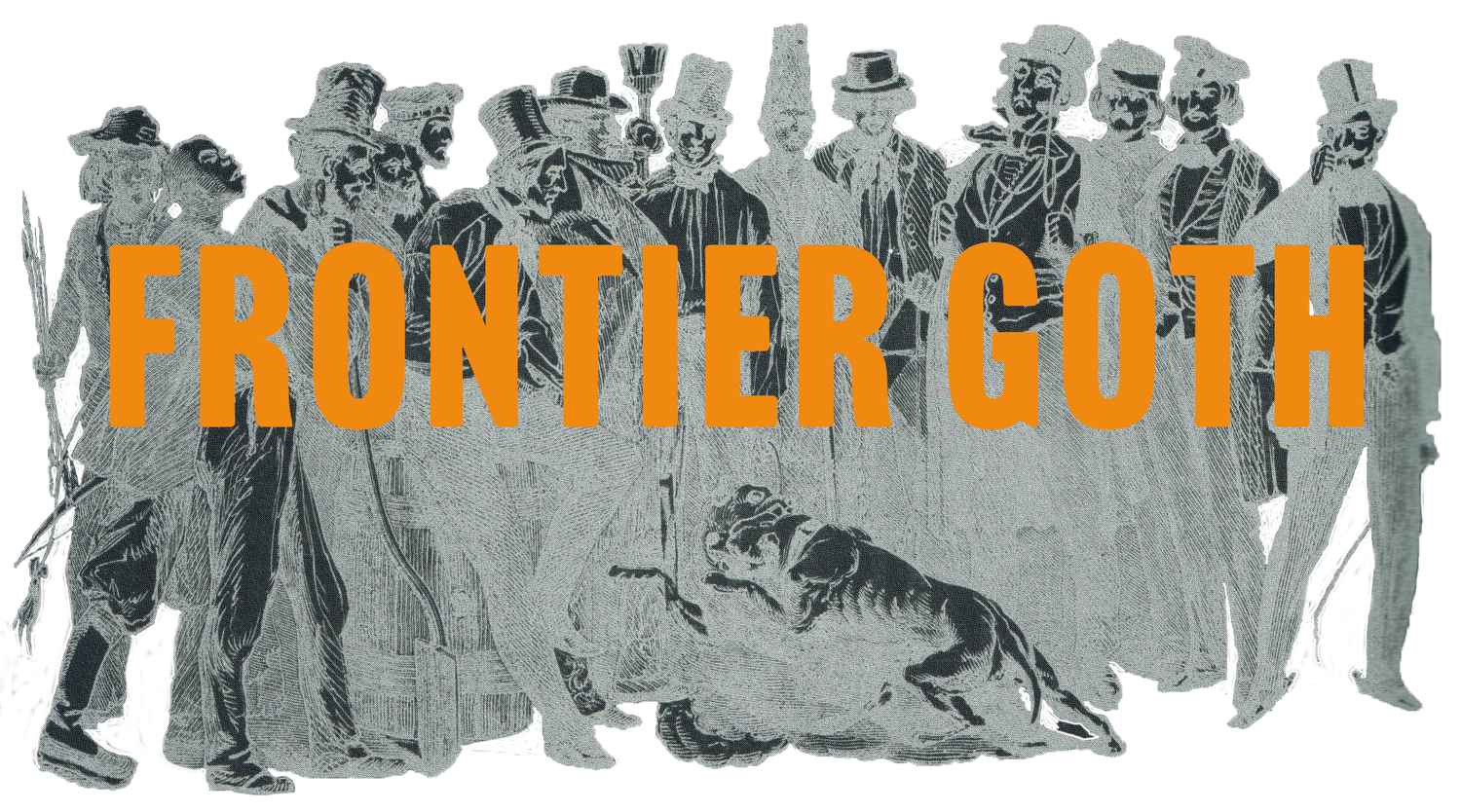P.T. Barnum by The Kunhardts
“Frequently, Barnum got challenged at his own game. And when his adversary was an arch-rival, like circus man Adam Forepaugh, the showman could get downright exercised. For Barnum, 1882 had been the year of the elephant. Even before breaking Britain’s heart with the acquisition of Jumbo, Barnum had written the King of Siam to lay the groundwork for one of his dreams—obtaining a real honest-to-goodness exotic white elephant from the East. These rare animals were considered sacred and therefore untouchable by Christians. Barnum commenced by trying to bribe the American minister to Siam—$10,000 if he could help obtain a specimen. Promise of much bigger money persuaded a Siamese lord to come through, but his elephant, said Barnum, ‘was poisoned on the eve of its departure by its attendant priests.’ By now Barnum’s host of agents should have known better and gone home. Instead, one tried the direct approach with the King and had to get out of Siam fast for his ‘blasphemous presumption.’ Undaunted, Barnum’s representatives turned to Burma, which was ruled by a detested despot, King Theebaw, whose bounteous spending had cast his country into heavy debt. Six thousand dollars sounded good to Burma’s desperate prime minister, and a docile beast named Toung Taloung was selected, painted blue and red, and, thus disguised, marched past unsuspecting natives to the docks. In March of 1884, Barnum finally got his first look. ‘I have had my share of disappointments during my long career,’ he later wrote, ‘but I doubt whether I was ever more disgusted in all my life.’ The problem was, the elephant wasn’t white. One ear was ‘pinkish’ and there were a few ‘pale spots on the body.’ Nevertheless, ‘accompanied by a Burmese orchestra and a retinue of Buddhist priests in full ecclesiastical costume,’ the questionable icon was featured during the 1884 season. Now Adam Forepaugh stepped in. With so much white-elephant talk around, he had to have one, too. In order to obtain it, ‘4-Paws,’ as Barnum liked to refer to him, had a normal gray elephant whitewashed in London, shipped over, and introduced as the ‘Light of Asia.’ The masses—Barnum moved the ‘m’ to form ‘them asses’—flocked to see the milk-white fake, and the war was on. In retaliation, Barnum reached back to his Cardiff Giant days, bleached one of his own elephants white, and advertised it as ‘an exact copy of the other whitewashed elephant.’ ‘Liar!’ wrote Forepaugh. Great professors of anatomy had ‘made a critical and scientific examination of the animal and declared it genuine in every sense.’ ‘He is a common…elephant painted, & the paint renewed every week or two,’ responded the agitated Barnum. ‘Lunatic!’ answered Forepaugh. ‘You are an old man,’ he continued. ‘And the vim, vigor and sharp wit and cunning of your youth and manhood have left you.’ At the end of the season, Forepaugh’s white elephant conveniently died. ‘It was dyed already,’ crowed Barnum. Peace must have finally been made, for the two circuses temporarily combined in both 1886 and 1887.”
-The Kundhardts, 1995



